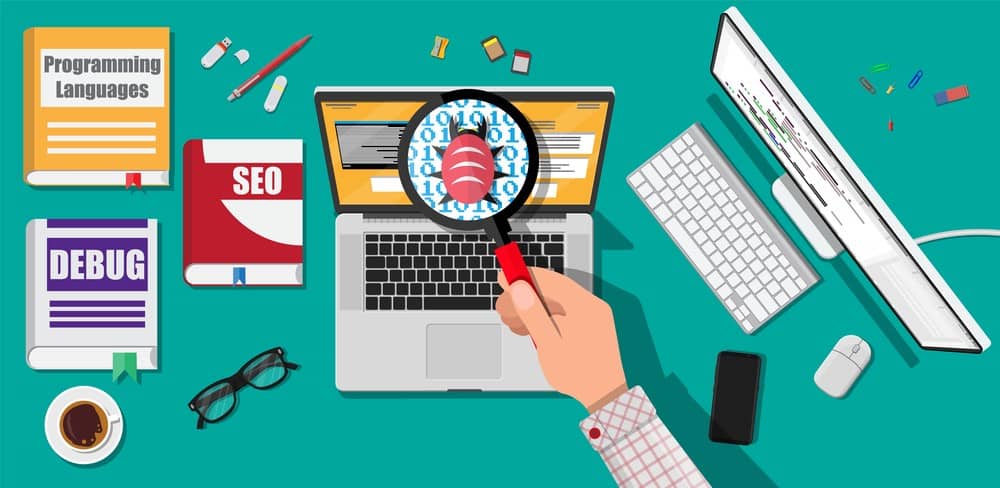Manual Testing: Its type, tool, and functioning

Overview

Types of Manual Testing
There are multiple types of Manual Testing that depend on the need and type of performance. Let us discuss some standard ones.
- Unit Testing: It is a type of manual testing performed by developers who have detailed knowledge about the software components or modules where they validate these components individually.
- System Testing: This testing involves testing the entire system starting from testing developed components individually and then integrating it into a software application.
- Integration Testing: Once the software components are unit-tested, the subsystem containing integrating components is tested to check issues within interfaces and integrated components’ interactions.
- Acceptance Testing: It is also known as User Acceptance Testing carried out by the Client in the final stage before releasing the product into the market. The client confirms about the system meeting, requirements and specifications in a different environment.
- Black-box Testing :This testing is performed keeping in mind the customers’ viewpoint where the tester checks for only inputs and outputs rather than using knowledge about internal codes program structure and software processing.
- White box Texting : This type of manual testing is performed to confirm the software design, usability, and security. It includes the process where the tester knows about codes, processing, and he provides inputs via codes and analyses outputs efficiently.

Manual Testing Procedure
1. Gathering testing requirements – The first step includes understanding test process requirements and collecting all required resources at a place.
2. Creating a test plan – This second step is drafting test cases based on requirements projected in the test documentation to examine test functions and test scenarios sequentially and effectively.
3. Writing & reviewing test cases – In the third step, these test cases are examined and reviewed by the tester and the client to find any issue with it.
4. Executing test cases – After checking the readiness of test cases and test environments, execute these test cases in the environment to check its status.
5. Reporting identified defects – This step is for identifying the bugs and errors in the test cases and submitting the bug report to concerned developers.
6. Re-testing for verification – In the last step, the final test report summary is created with complete information about bugs and defects which are then fixed by developers. Finally, retesting is run to verify that all bugs are fixed.
Redeem our expert QA/Testing services if you are looking for both professionalism and perfection in Manual Testing as well as Test Automation.
Recent Posts
Categories
- Design (6)
- Development (26)
- Services (2)
- Technologies (9)
- Technology (4)
- Testing (10)
- Uncategorized (1)














